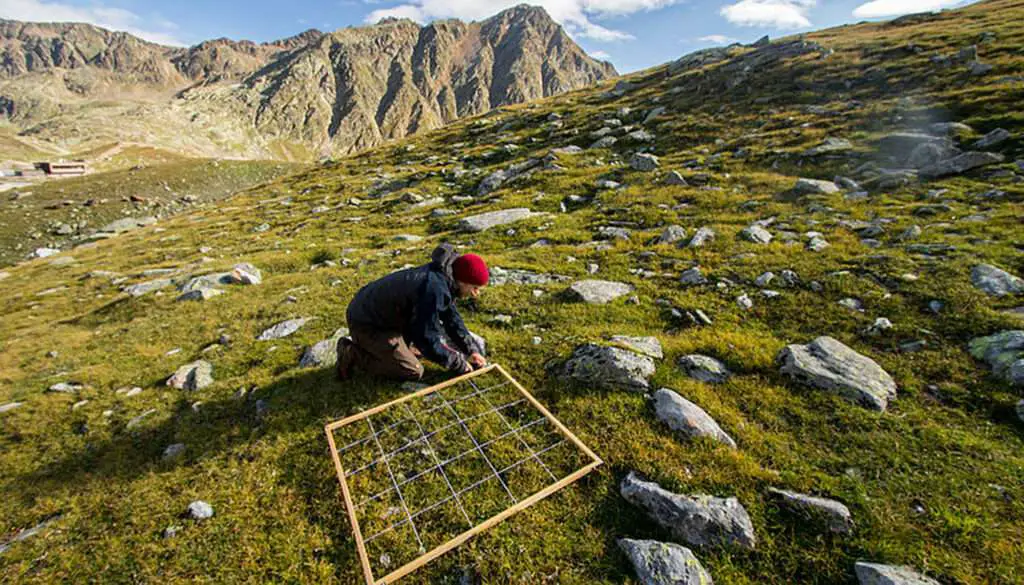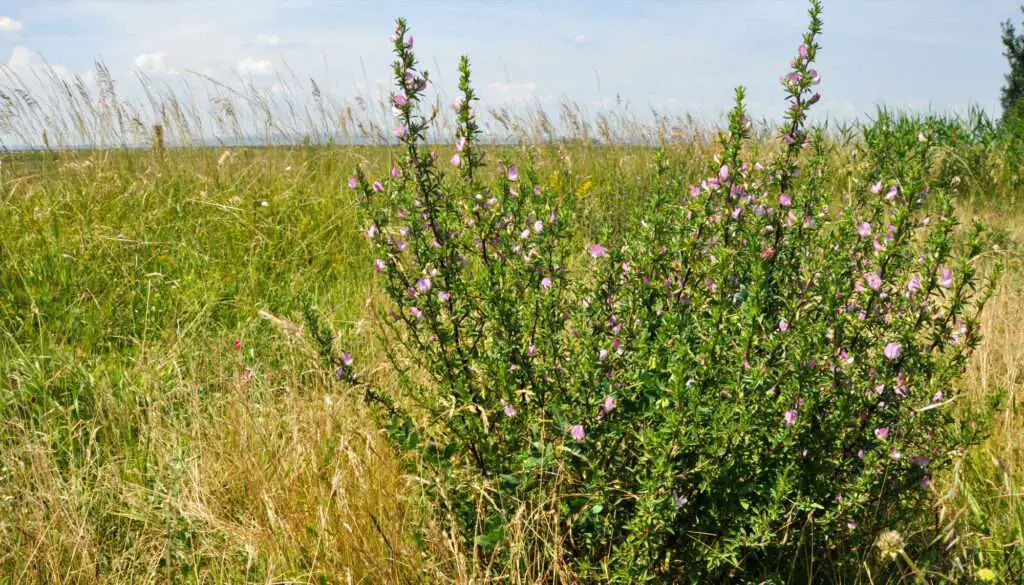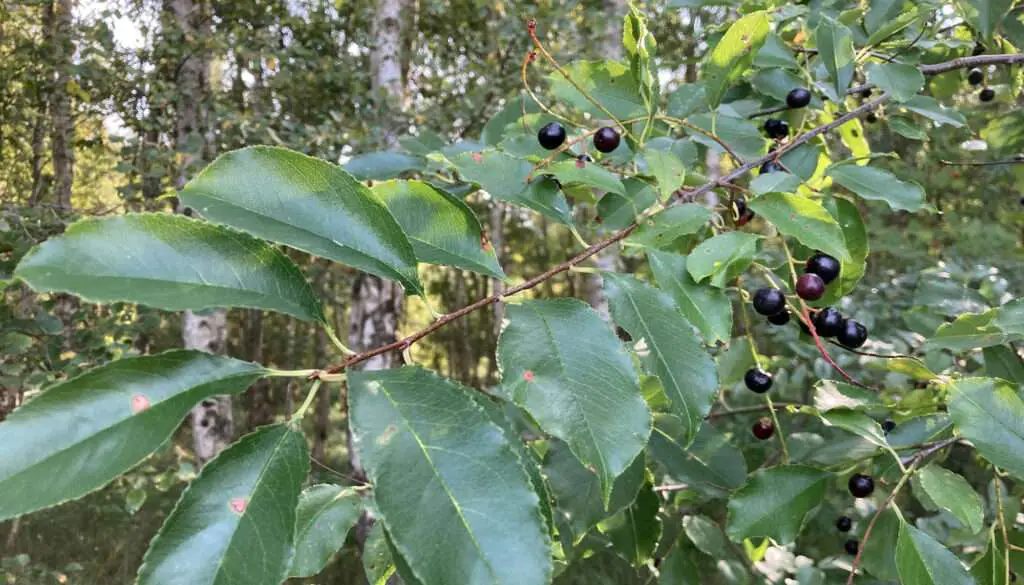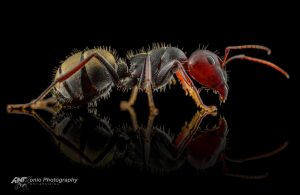An international research study has indicated a massive loss of biodiversity in Germany in the past century.
The team from Martin Luther University Halle-Wittenberg (MLU) analysed multiple local studies including over 1,800 plant species and dating back to between 1927 and 2020.
MLU scientist Dr Ute Jandt said in a statement obtained by Newsflash: “Such time series can provide very valuable information.”

But the researchers were astonished to detect a negative abundance trend for 1,011 of the species, while a positive trend was observed for only 719 of them.
These results indicated that there have been 41 per cent more losers than winners over the last hundred years.
MLU ecologists professor Helge Bruelheide said: “Even more surprising is that the losses were distributed much more evenly.”
Using the Gini coefficient, which measures the inequality among values of a frequency distribution, the researchers discovered that the losses are more evenly distributed among the many losers.
Meanwhile, the gains were concentrated among fewer winner species.
The latter group included plants such as the black cherry and the northern red oak, both of which originated in North America but have now also taken over many forests in Germany.

In addition, the frost-sensitive European holly had gained more and more ground in the course of climate change.
Loses in turn include agricultural weeds such as the cornflower, meadow species such as the small scabious, and wetland specialists such as the devil’s-bit.
But according to the scientists, the strongest imbalance between gains and losses occurred between the late 1960s and the early 21st century.
Bruelheide said: “This phase started with the strong intensification of land use.
“Since then, however, there have been successful nature conservation measures that have weakened the still ongoing negative trend to a certain degree.”
The study showed that despite global biodiversity pulsating at an alarming rate, almost no significant decreases in animal and plant species are found on a local base.

Helge Bruelheide said: “However, this doesn’t mean that the developments are not worrying.”
The researchers’ next move will be to collect and evaluate similar datasets to check whether the obtained results also apply to other regions of Earth.
MLU reported: “This uneven distribution of gains and losses can be taken as an early warning sign of biodiversity changes which will ultimately lead to the extinction of species.”
The study was obtained with the help of experts from the German Centre for Integrative Biodiversity Research (iDiv) and the University of Vienna in Austria.
Stefan Dullinger from the University of Vienna reported that the obtained results could also apply to Austria.
He stated: “In large parts of Austria, however, a similar development can be expected over the past 100 years.”

The research paper was published in the British weekly scientific journal “Nature” on Wednesday, 19th October 2022.



